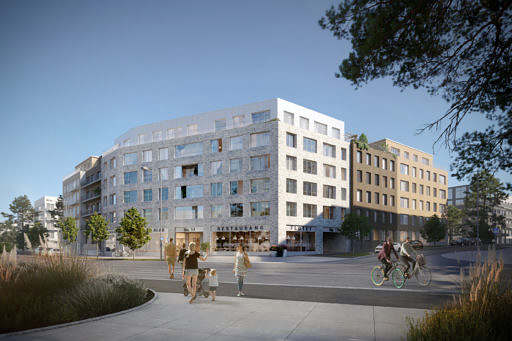Materiality analysis
- Investors
- Financiers
- Advisers
- Owners
- Tenants
- Suppliers
- Board of Directors
- Employees
- Management
- Municipalities
- Cooperation partners
Slättö's sustainable development strategy
Slättö has conducted a comprehensive review of the business in order to identify the most essential areas for our sustainability work. This materiality analysis included an investigation of external factors, internal reviews of all business areas and a dialog with all our stakeholder groups.
Based on the materiality analysis and the prioritized sustainability issues, Slättö has defined three main areas that form the basis for future-proofing our business. Our agenda creates an overview of our responsibilities and our work going forward.
Environment & Climate
We all face a huge challenge to limit global warming. Awareness of the climate issue and the desire to change is constantly increasing - as is the sense of responsibility and understanding. The construction and real estate sector accounts for a large part of the world's emissions, which means that Slättö bears a great responsibility.
We want to contribute to urban development through sustainable development of properties that meet today's needs without compromising the ability of future generations to meet theirs. Slättö will actively work with the transition and strive for climate-neutral operations. All investments are assessed based on climate and environmental aspects in order to identify and promote materials, constructions and installations with lower impact.
Social responsibility
Our success is based on our collective expertise. For us, it is important that our workplace is characterized by an inclusive and stimulating culture where differences are considered and promoted. We will never compromise the transparency and high business ethics on which our business is based, and the work we do should make us proud. We are absolutely convinced that well-being and performance go hand in hand, which is why we want to promote our employees' private and professional health through, for example, far-reaching wellness programs.
Collaboration
In our work, we interact with many different actors, from daily contact with our tenants to contractors and financiers. Our suppliers and partners play a significant role in our sustainability work. Together, we create the conditions for a sustainable value chain by taking responsibility outside our direct operations. We know that we have a great opportunity to influence through close cooperation and clear requirements.

